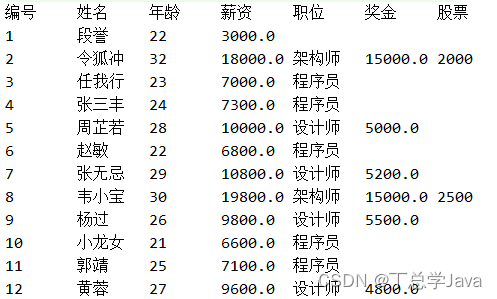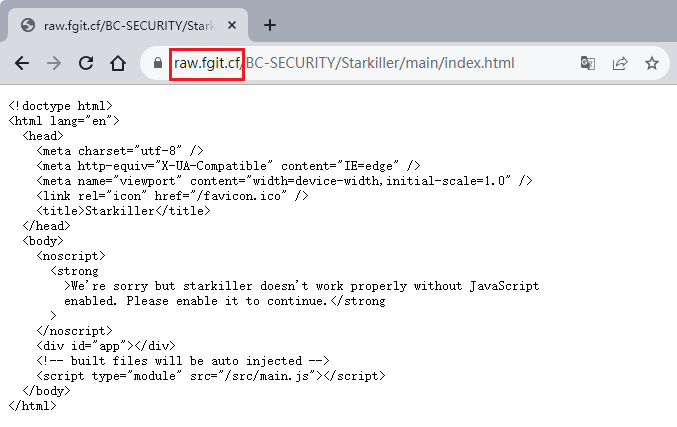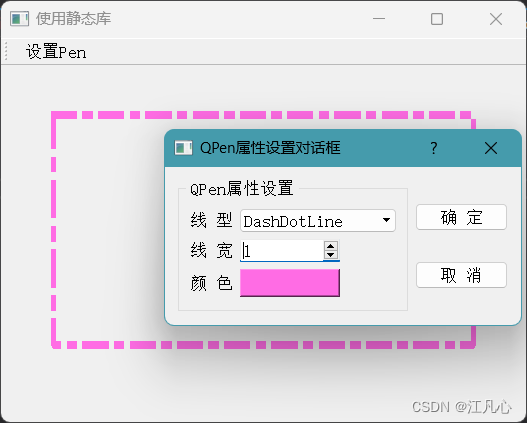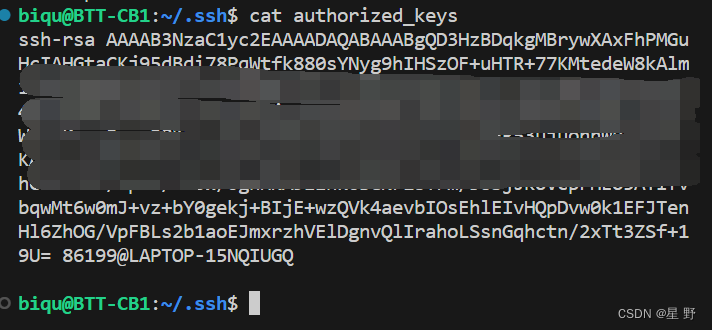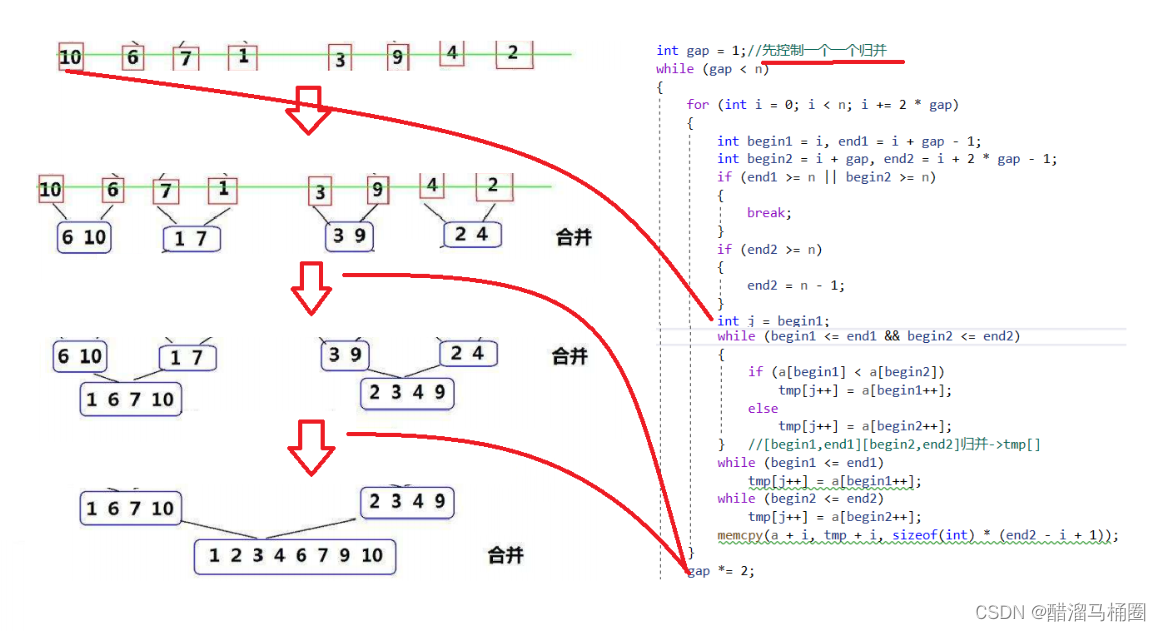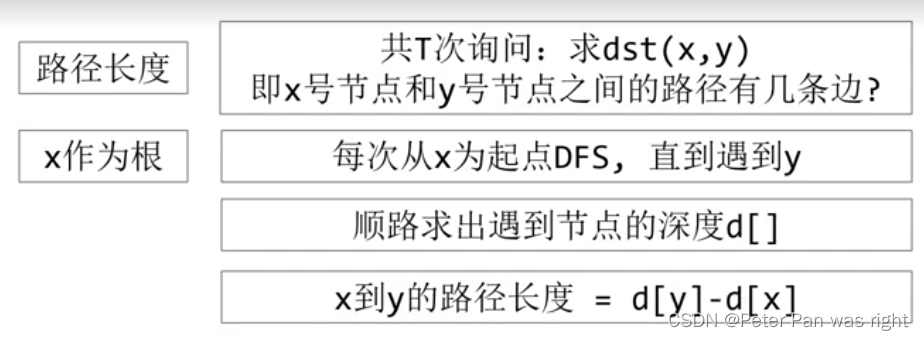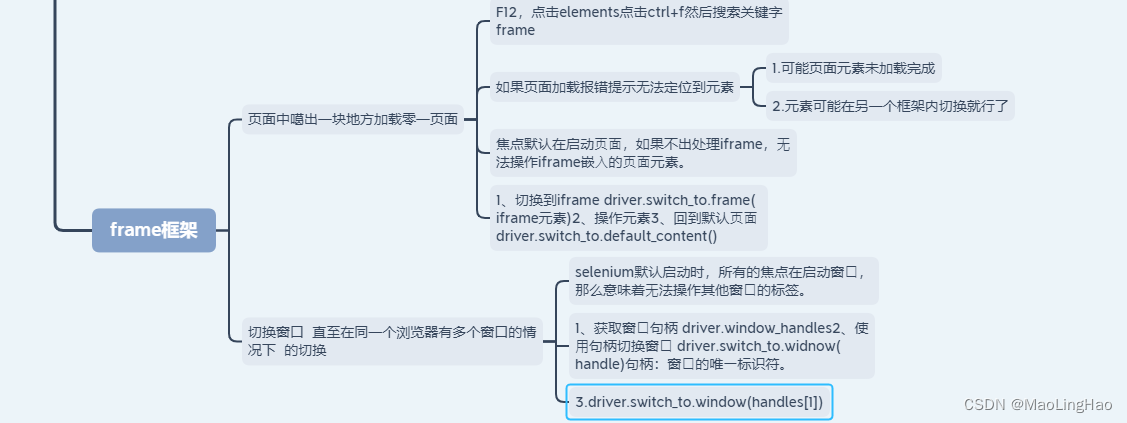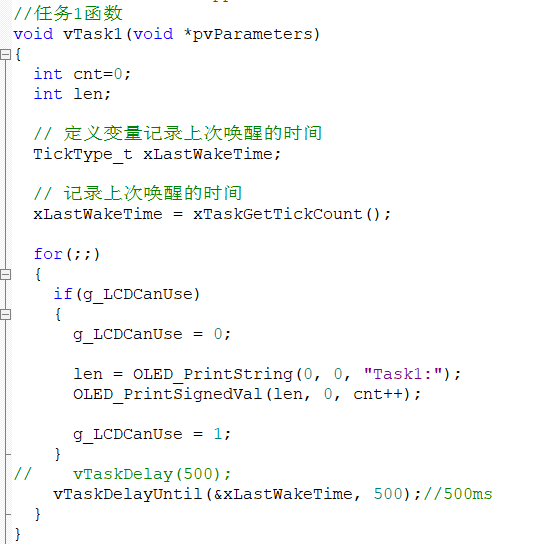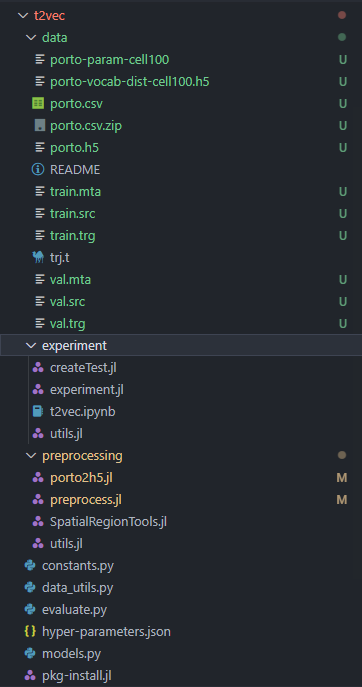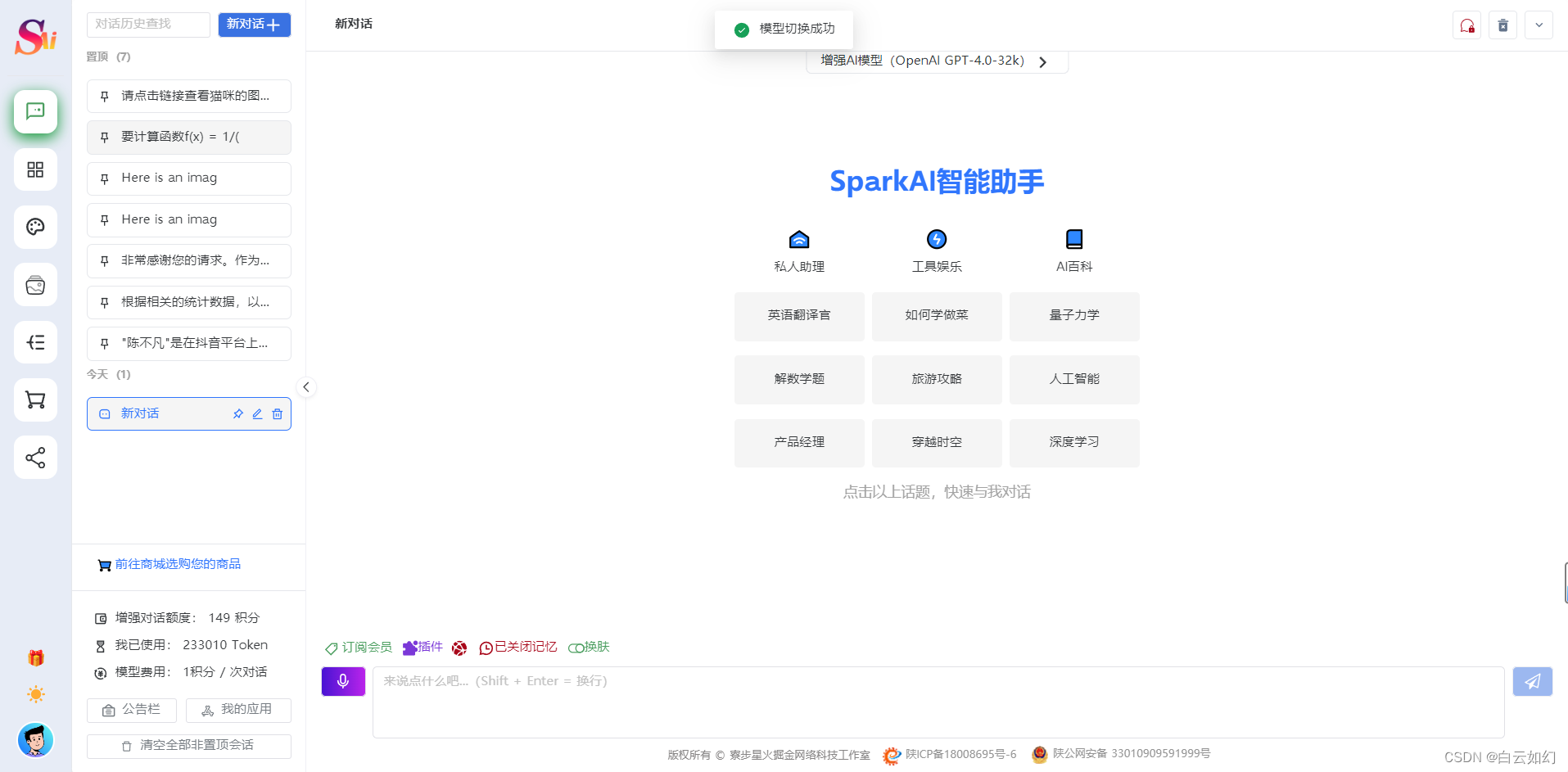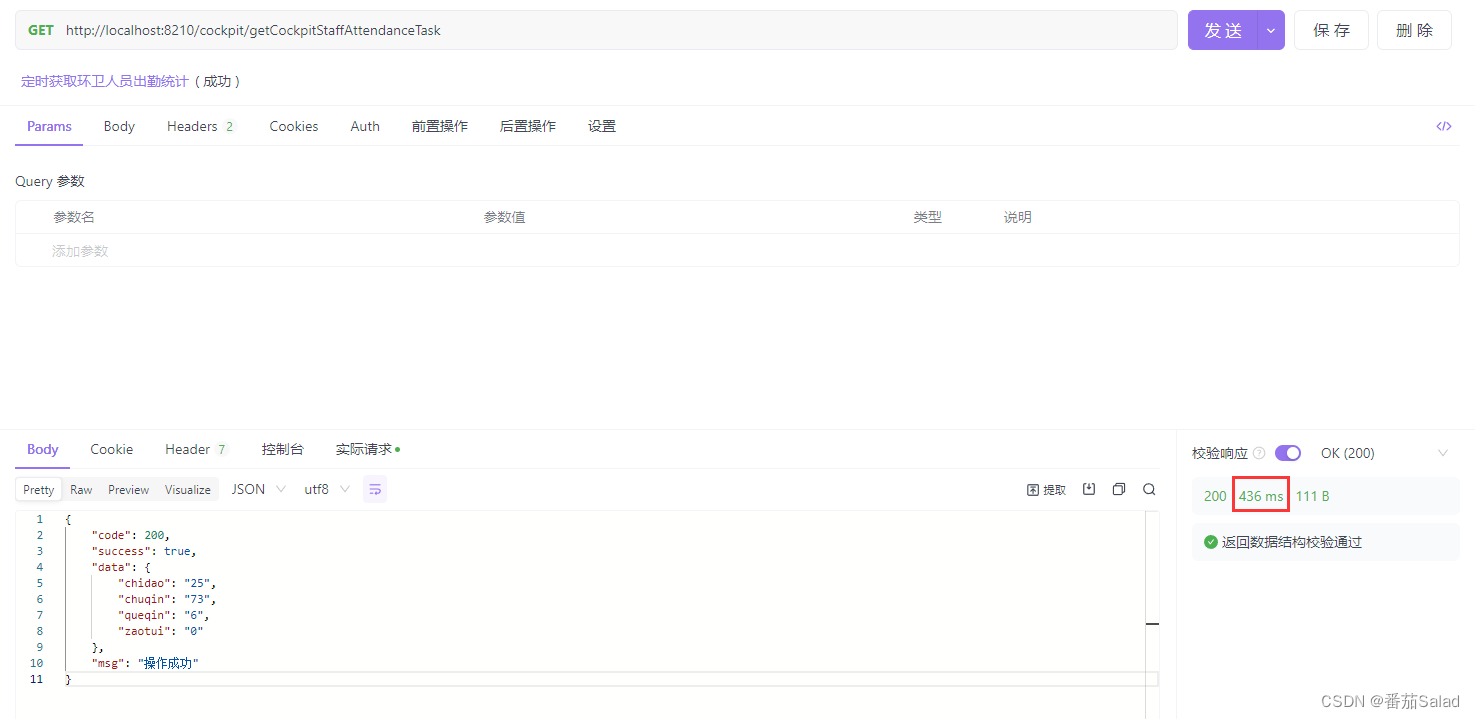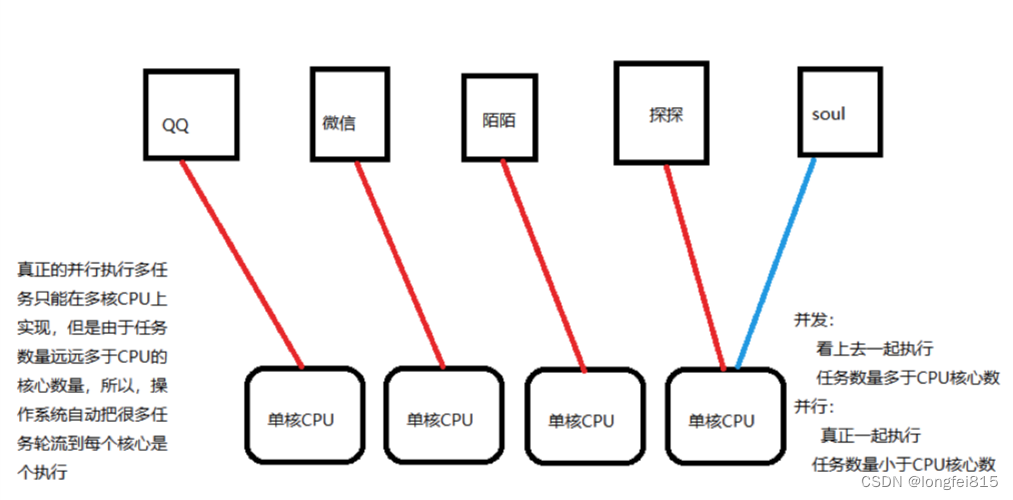xlua源码分析(五) struct类型优化
上一节我们分析了xlua是如何实现lua层访问C#值类型的,其中我们重点提到了xlua默认实现方式下,struct访问的效率问题。实际上,xlua还提供了两种优化的方式,可以大大提高struct访问的性能。具体例子在Examples 12_ReImplementInLua中。
第一种优化方式就是在lua层改造C#的struct,C# struct push到lua层时仍为userdata,但它的metatable不指向C#层struct,而是lua层自己实现的:
function test_vector3(title, v1, v2)
print(title)
v1.x = 100
print(v1.x, v1.y, v1.z)
print(v1, v2)
print(v1 + v2)
v1:Set(v1.x - v2.x, v1.y - v2.y, v1.z - v2.z)
print(v1)
print(CS.UnityEngine.Vector3.Normalize(v1))
end
local get_x, set_x = xlua.genaccessor(0, 8)
local get_y, set_y = xlua.genaccessor(4, 8)
local get_z, set_z = xlua.genaccessor(8, 8)
local fields_getters = {
x = get_x, y = get_y, z = get_z
}
local fields_setters = {
x = set_x, y = set_y, z = set_z
}
local ins_methods = {
Set = function(o, x, y, z)
set_x(o, x)
set_y(o, y)
set_z(o, z)
end
}
local mt = {
__index = function(o, k)
--print('__index', k)
if ins_methods[k] then return ins_methods[k] end
return fields_getters[k] and fields_getters[k](o)
end,
__newindex = function(o, k, v)
if fields_setters[k] then fields_setters[k](o, v) else error('no such field ' .. k) end
end,
__tostring = function(o)
return string.format('vector3 { %f, %f, %f}', o.x, o.y, o.z)
end,
__add = function(a, b)
return CS.UnityEngine.Vector3(a.x + b.x, a.y + b.y, a.z + b.z)
end
}
xlua.setmetatable(CS.UnityEngine.Vector3, mt)
test_vector3('----after change metatable----', CS.UnityEngine.Vector3(1, 2, 3), CS.UnityEngine.Vector3(7, 8, 9))
这里的代码,就是在lua层实现了一下Vector3的get/set属性和方法,然后替换掉原先的metatable,xlua.setmetatable就是做这个工作的,替换的逻辑很简单,就是找到要替换类的type id,重新设置到registry表里:
public static int XLuaMetatableOperation(RealStatePtr L)
{
try
{
ObjectTranslator translator = ObjectTranslatorPool.Instance.Find(L);
Type type = getType(L, translator, 1);
if (type == null)
{
return LuaAPI.luaL_error(L, "xlua.metatable_operation, can not find c# type");
}
bool is_first = false;
int type_id = translator.getTypeId(L, type, out is_first);
var param_num = LuaAPI.lua_gettop(L);
if (param_num == 1) //get
{
LuaAPI.xlua_rawgeti(L, LuaIndexes.LUA_REGISTRYINDEX, type_id);
return 1;
}
else if (param_num == 2) //set
{
if (LuaAPI.lua_type(L, 2) != LuaTypes.LUA_TTABLE)
{
return LuaAPI.luaL_error(L, "argument #2 must be a table");
}
LuaAPI.lua_pushnumber(L, type_id);
LuaAPI.xlua_rawseti(L, 2, 1);
LuaAPI.xlua_rawseti(L, LuaIndexes.LUA_REGISTRYINDEX, type_id);
return 0;
}
else
{
return LuaAPI.luaL_error(L, "invalid argument num for xlua.metatable_operation: " + param_num);
}
}
catch (Exception e)
{
return LuaAPI.luaL_error(L, "c# exception in xlua.metatable_operation: " + e);
}
}
不过,lua层的Vector3依旧是userdata,如何在lua层对userdata设置/获取数据呢?为此,xlua提供了xlua.genaccessor函数,它接受两个参数,第一个参数表示要设置/获取的字段相对于struct的内存偏移,第二个参数表示要设置/获取的字段类型,对于Vector3,x,y,z的偏移分别为0,4,8,而它们的类型均为float,float在xlua预先定义的类型ID为8:
#define T_INT8 0
#define T_UINT8 1
#define T_INT16 2
#define T_UINT16 3
#define T_INT32 4
#define T_UINT32 5
#define T_INT64 6
#define T_UINT64 7
#define T_FLOAT 8
#define T_DOUBLE 9
genaccessor函数是在C层实现的,那其实很简单了,就是把userdata作为要访问内存的首地址,加上偏移量offset,执行memcpy即可,如果是get,就是从userdata拷贝到value,再push到lua栈;如果是set,就先从lua栈上取出value,再拷贝到userdata。
#define DIRECT_ACCESS(type, push_func, to_func) \
int xlua_struct_get_##type(lua_State *L) {\
CSharpStruct *css = (CSharpStruct *)lua_touserdata(L, 1);\
int offset = xlua_tointeger(L, lua_upvalueindex(1));\
type val;\
if (css == NULL || css->fake_id != -1 || css->len < offset + sizeof(type)) {\
return luaL_error(L, "invalid c# struct!");\
} else {\
memcpy(&val, (&(css->data[0]) + offset), sizeof(type));\
push_func(L, val);\
return 1;\
}\
}\
\
int xlua_struct_set_##type(lua_State *L) { \
CSharpStruct *css = (CSharpStruct *)lua_touserdata(L, 1);\
int offset = xlua_tointeger(L, lua_upvalueindex(1));\
type val;\
if (css == NULL || css->fake_id != -1 || css->len < offset + sizeof(type)) {\
return luaL_error(L, "invalid c# struct!");\
} else {\
val = (type)to_func(L, 2);\
memcpy((&(css->data[0]) + offset), &val, sizeof(type));\
return 0;\
}\
}\
上面例子的运行结果如下:

第二种优化方式,是将struct映射成table,即C#层push到lua层的struct,不再为userdata,而是一个table,xlua提供了PackAsTable这个attribute指示生成代码时采用映射table的方式:
[GCOptimize(OptimizeFlag.PackAsTable)]
public struct PushAsTableStruct
{
public int x;
public int y;
}
然后,lua层也需要实现配套的代码,即struct的object metatable和class metatable,相当于在lua层实现struct:
local mt = {
__index = {
SwapXY = function(o) --成员函数
o.x, o.y = o.y, o.x
end
},
__tostring = function(o) --打印格式化函数
return string.format('struct { %d, %d}', o.x, o.y)
end,
}
xlua.setmetatable(CS.XLuaTest.PushAsTableStruct, mt)
local PushAsTableStruct = {
Print = function(o) --静态函数
print(o.x, o.y)
end
}
setmetatable(PushAsTableStruct, {
__call = function(_, x, y) --构造函数
return setmetatable({x = x, y = y}, mt)
end
})
xlua.setclass(CS.XLuaTest, 'PushAsTableStruct', PushAsTableStruct)
在测试代码中,我们先在C#层push一下struct:
PushAsTableStruct test;
test.x = 100;
test.y = 200;
luaenv.Global.Set("from_cs", test);
然后再在lua层进行测试:
print('--------------from csharp---------------------')
assert(type(from_cs) == 'table')
print(from_cs)
CS.XLuaTest.PushAsTableStruct.Print(from_cs)
from_cs:SwapXY()
print(from_cs)
print('--------------from lua---------------------')
local from_lua = CS.XLuaTest.PushAsTableStruct(4, 5)
assert(type(from_lua) == 'table')
print(from_lua)
CS.XLuaTest.PushAsTableStruct.Print(from_lua)
from_lua:SwapXY()
print(from_lua)
此时C#层push时,不会再生成userdata,而是生成一个table,然后设置字段x和字段y:
public void PushXLuaTestPushAsTableStruct(RealStatePtr L, XLuaTest.PushAsTableStruct val)
{
if (XLuaTestPushAsTableStruct_TypeID == -1)
{
bool is_first;
XLuaTestPushAsTableStruct_TypeID = getTypeId(L, typeof(XLuaTest.PushAsTableStruct), out is_first);
}
LuaAPI.xlua_pushcstable(L, 2, XLuaTestPushAsTableStruct_TypeID);
LuaAPI.xlua_pushasciistring(L, "x");
LuaAPI.xlua_pushinteger(L, val.x);
LuaAPI.lua_rawset(L, -3);
LuaAPI.xlua_pushasciistring(L, "y");
LuaAPI.xlua_pushinteger(L, val.y);
LuaAPI.lua_rawset(L, -3);
}
同样的道理,要从lua层把struct传递到C#层,就要获取lua层的table,把它的字段x和字段y取出,依次赋值到C#对象上:
public static void UnPack(ObjectTranslator translator, RealStatePtr L, int idx, out XLuaTest.PushAsTableStruct val)
{
val = new XLuaTest.PushAsTableStruct();
int top = LuaAPI.lua_gettop(L);
if (Utils.LoadField(L, idx, "x"))
{
translator.Get(L, top + 1, out val.x);
}
LuaAPI.lua_pop(L, 1);
if (Utils.LoadField(L, idx, "y"))
{
translator.Get(L, top + 1, out val.y);
}
LuaAPI.lua_pop(L, 1);
}
例子的输出结果如下:

这两种优化方式,各有优劣,第一种方式,userdata比table更加省内存;而第二种方式,使用原始table操作性能上要比使用userdata要好。两种方式都需要额外生成一些代码。与tolua相比,tolua的struct是采用了类似第二种的方式,tolua的struct在lua层就是个table,需要完整按照C#层实现一遍struct。而数据传输的逻辑,稍微不太相同,tolua是使用lua函数进行数据传输,例如Vector3,tolua可以通过一个get函数直接返回3个float*给C#层,也可以通过一个new函数直接使用x,y,z三个参数构造出一个lua层的struct,pack和unpack的逻辑都放在了lua层里。
function Vector3.New(x, y, z)
local t = {x = x or 0, y = y or 0, z = z or 0}
setmetatable(t, Vector3)
return t
end
function Vector3.Get(v)
return v.x, v.y, v.z
end


